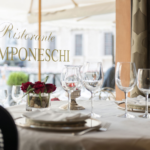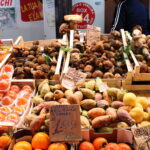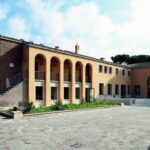CAMPO DE’ FIORI
Piazza Campo de’ Fiori is the only historic piazza in Rome without a Church. The statue of Giordano Bruno has become a symbol and martyr of modern cosmology and for free thought, centuries after his burning at the stake on this very square,
Today the area is a lively meeting point during the day with the daily farmers market. In the evening it becomes a bustling haven of restaurants and bars, although the more recommendable ones tend to be located in the meandering side streets of the neighborhood.
POINTS OF INTEREST
Palazzo & Galleria Spada– It’s All About Perspective

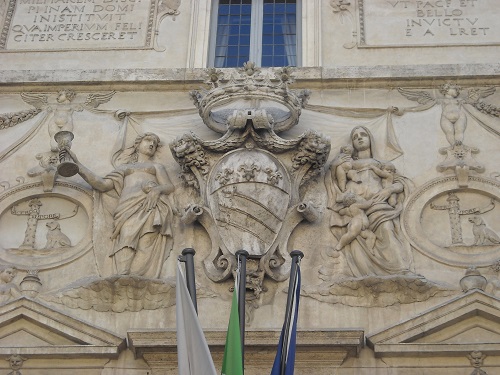

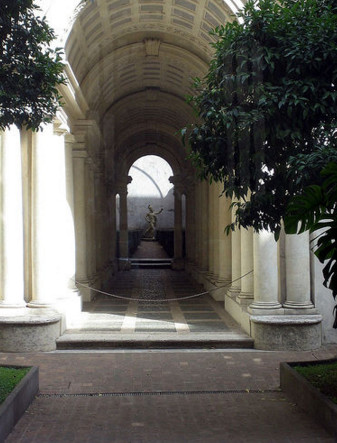
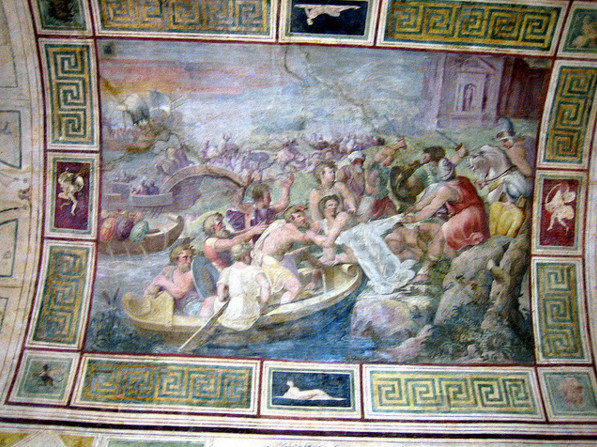
Behind Campo de Fiori, Palazzo Spada, the baroque masterpiece perfected by Borromini, is one of those wonders that deserves much more attention than they get. The Palace was built in the mid 1500’s and bought by Cardinal Spada in 1632, in order to have a home in the eternal city worthy of his rank.
In order to achieve the sumptuous baroque residence he was yearning for, he enlisted Francesco Borromini, one of the main architects of the period. The masterpiece of Borromini was to give the building such elements that let it appear larger than it actually is, the most noteworthy of which is the forced perspective gallery.
The corridor which appears to be 37 mt long (at least to those with a sharp mathematical eye) is actually merely 8 mt in length. The deceit is based on careful calculations and the decreasing height of the columns and the rising level of the pavement. Furthermore, in order to make it appear even more realistic, he placed a statue of Apollo at the far end. The statue appears to be at least a life size monument to the pagan divinity, but it is in fact barely 80cm tall!
Oh the wonders that architecture can muster in “small” spaces! However, the beauties of Palazzo Spada aren’t all contained within a single corridor. The Galleria Spada, which hosts the cardinals personal collection includes masterpieces by Caravaggio, Rubens, Guido Reni, Bruegels the elder, Tiziano among others.
The Palazzo is accessible to everyone, although not in its entirety since parts of it are home to the Italian Council of State, a fundamental organ for the tutelage of individual and constitutional rights in front of the jurisdictional and administrative organs of the government. However, the gallery, the garden and a beautiful courtyard are open to visits daily, except for Tuesdays.
Piazza Capodiferro, 13
Roscioli- Bread & Wine, Redefined
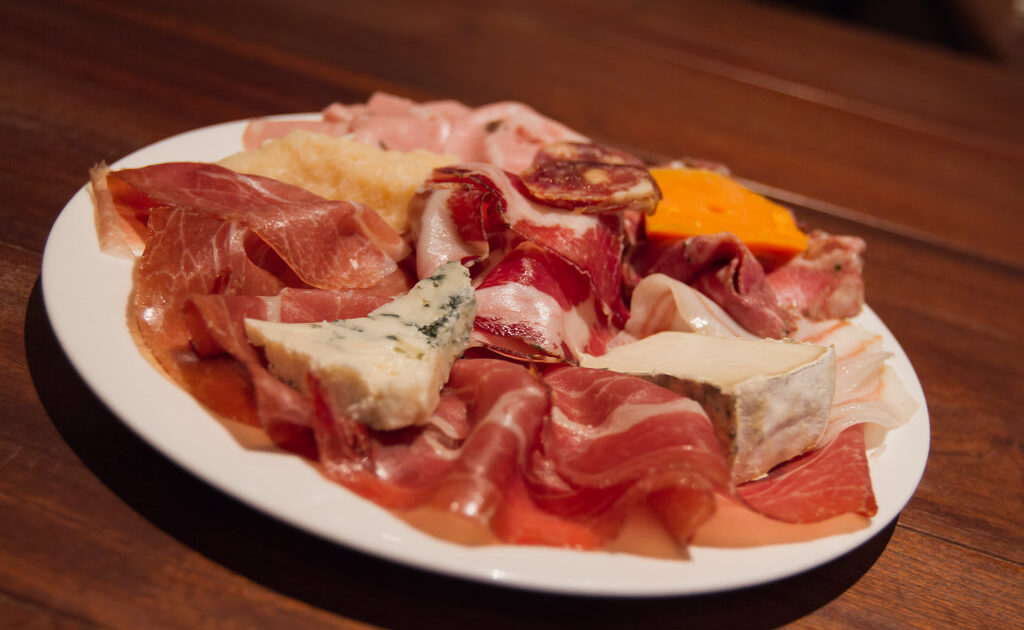

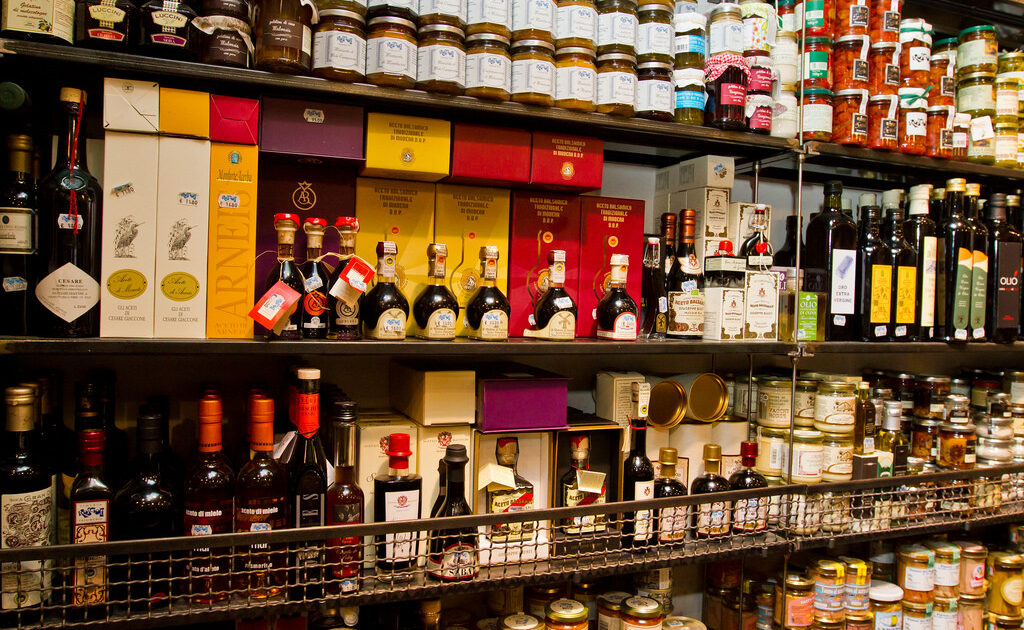


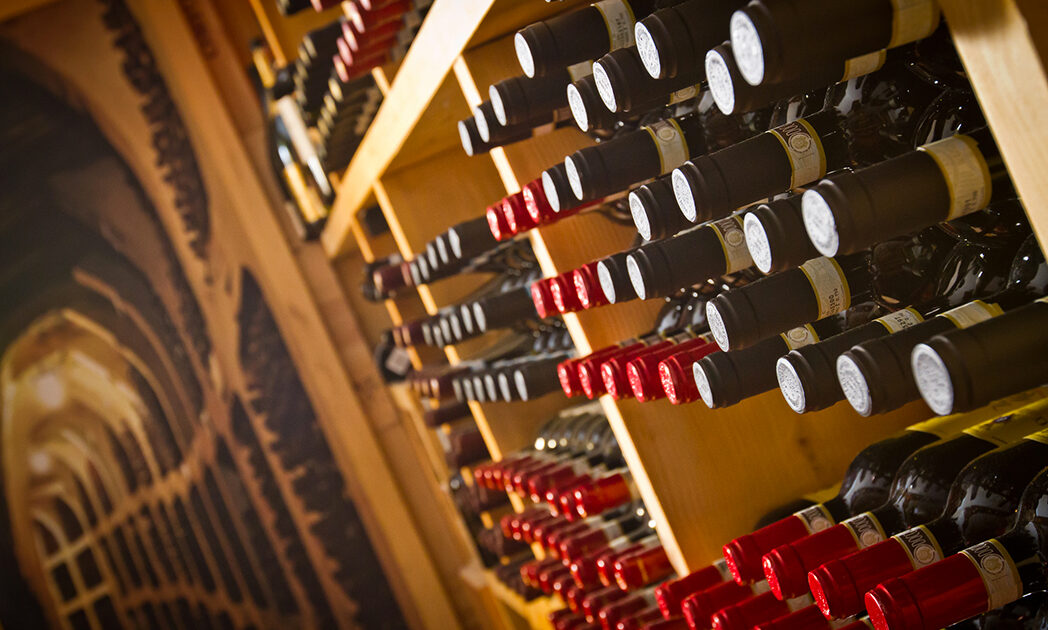
Behind Campo de’ Fiori, hidden in a little side street, a distinct perfume of bread, cake and gold-brown pieces of heaven lingers in the cobblestone-clad vicolo. The delicate trail leads to an almost 200-year-old bakery, although that term is a crude understatement.
The first ovens were fired up in 1824 to provide the densely populated area with fresh bread, cakes and everything in between, an ambition that according to Marco Roscioli, who bought the bakery in 1984, was not quite ambitious enough. The family enterprise has grown and developed into one of the most renowned bakeries in town.
The success of the Roscioli family enterprise is based on a simple principle: to only use first-class materials. Their dedication to selecting special flours, fruits and chocolates results in delights such as chestnut bread with autumn figs or chocolate and quince panettone. On that note, the family has managed to perfect the classical recipe to a degree that reservations are necessary for some of their special versions of the coveted Christmas cakes, which don’t crumble, but pull apart into sumptuous pieces of heavenly delight.
During the lunch-hour, the Forno becomes a bustling cove of travelers and business people alike battling for a slice of their favorite type of pizza; high or thin crust, Roscioli masters them both to perfection. Given the success of the bakery, in 2002 Alessandro e Pierluigi Roscioli decided to transform their speciality shop on via dei Giubbonari (20 mt from the bakery) into a restaurant and wine tasting venue. They have dedicated a lot of effort to restyling the relatively small space into a restaurant while maintaining some of the shop’s features, such as the glass counter where clients can see the ingredients of the typically Roman and Mediterranean delicacies on the menu.
However, the real focal point is located a flight of stairs further down: the wine cellar. Their wine list includes over 1800 different names and the waiters, apart from the professional sommelier, are well informed and glad to help in choosing the right drops to accompany the meal.
For those wishing to learn more about Italian as well as foreign wines, Roscioli organizes wine tastings with their sommeliers. Reservations are necessary due to the limited space, but also because they are highly coveted and reservations often need to be placed with some advance.
A visit at this culinary haven is an unforgettable experience, be it only for some take away, which in their case completely redefines the concept.
| Bakery – Antico Forno Roscioli | Restaurant – Salumeria Roscioli |
| Mon-Sat 07:00-19:30 | Mon-Sat 12:30-16:00, 19:00-24:00 |
| Via dei Chiavari, 34 | Via dei Giubbonari, 21 |
| Tel: +39 06 687 5287 | Tel: +39 06 687 5287 |
| Email: info@anticofornoroscioli.com | Email: info@salumeriaroscioli.com |
Fahreinheit 451 Bookstore
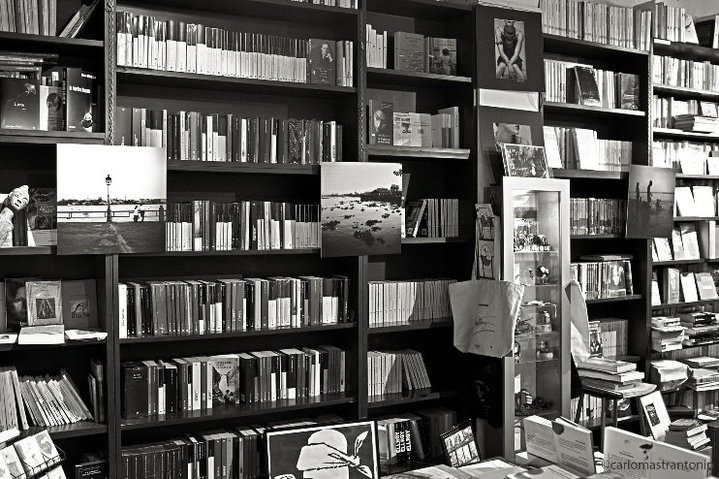
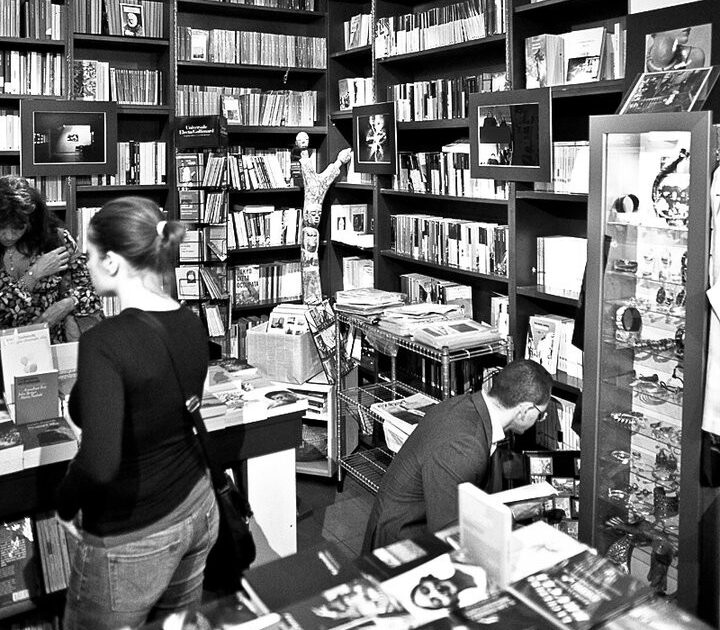
Since 1989 in Campo de ‘Fiori, the bookshop/library Fahrenheit 451 has carried a wonderful selection of books new and old. Especially attentive to the visual arts, cinema, photography and theater, it is the ideal place to spend your evenings in search of the newest novel or one of your favorite classic stories that can be harder to find in other bookshops.
Jewish Ghetto



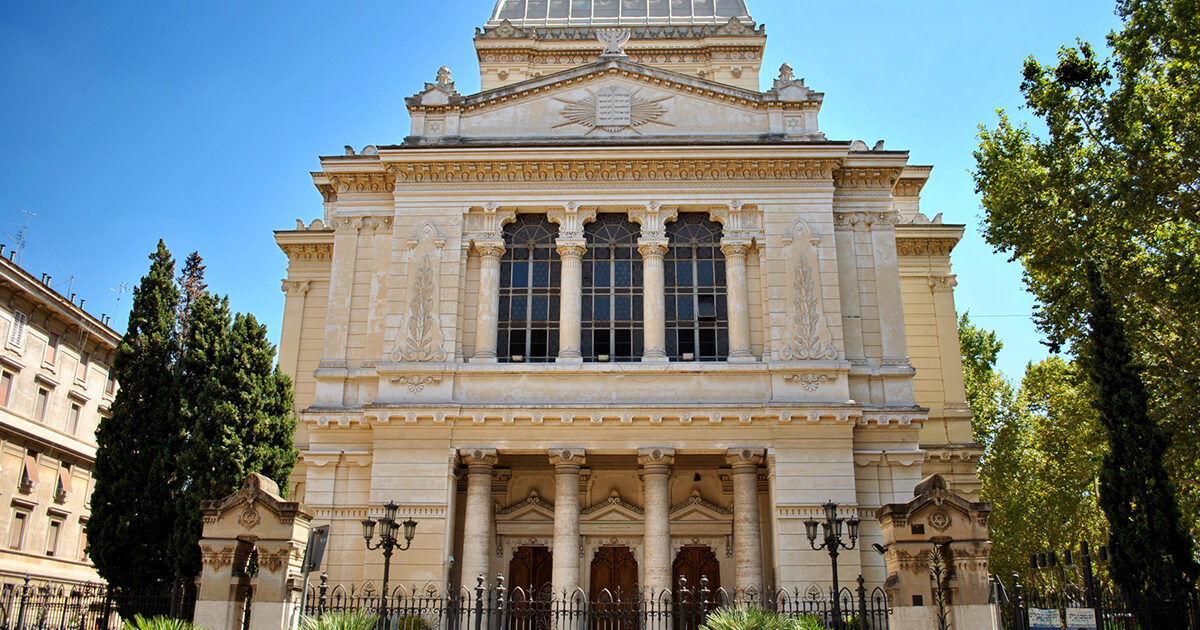
The Jewish ghetto of Rome is one of the most beautiful hidden treasures of the city. Visiting this small neighborhood, delimited by the Tiber river on one side and by Venice Square on the other, is not only a cultural and religious experience, because of the Synagoghe and the Jewish museum, but also a culinary one, thanks to the many typical restaurants scattered throughout the ghetto. It is considered to be the oldest in the western world. Pope Paul IV ordered its construction in 1555, revoking all the rights that have been granted to the Roman Jews. Originally the quartier only had two points of access. Everyday life for jewish people was very hard and they were subjected to a series of requirements and restrictions, such as the the obligation to reside within the ghetto and to always carry a distinctive sign of belonging to the Jewish community, prohibition to carry out any kind of trade except those related with rags and clothing, or to own real estate. Jews people did as best they could with the hand they were dealt, becoming shrewd clothing merchants and skilled businessmen in the field of loans.
At the dawn of the October 16, 1943 the Nazis surrounded the neighborhood and captured over 1,000 Jews people by force from their homes. Two days later the prisoners were loaded onto a train bound for Auschwitz: of the 1,023 deportees only 16 survived the extermination.
Following the proclamation of the Italian Republic, segregation was abolished and in 1870 Jews people were put on the same footing as Italian citizens and over the years the old streets and buildings were demolished to make way for the construction of new buildings and three new streets: Via del Portico d’Ottavia, Via Catalana and Via del Tempio.
The Synagogue is one of the most popular tourist attractions of the Roman ghetto. The “Tempio Maggiore” is a large two-storey building with a square base and a large dome. This Synagogue is, above all, a place of prayer and a very important cultural reference point for the entire Jewish community.
The basement houses the Jewish Museum and the Spanish Temple, a small synagogue which is well worth a visit. The Synagogue was designed and finished in 1904 by architects Osvaldo Armanni and Vincenzo Costa, inspired by Assyro-Babylonian patterns.
The Portico d’Ottavia dates back to the 2nd century BC and it is one of the most interesting monuments. In the Middle Ages a large fish market and a church were built on the ruins of the Portico. From the Portico d’Ottavia it is possible to go directly to Teatro Marcello, the ‘little Colosseum’ from which it differs in its small size and semi-circular structure.
The Turtle fountain is a little jewel in the ghetto. It was built towards the end of the 16th century for a challenge. Duke Mattei ordered the erection of this beautiful fountain in a single day, having it built in front of the windows of his beloved’s father to prove that he was an important man. The turtles were built in 1658 by Bernini.
Finally, don’t miss a walk to the nearby Tiber island, the smallest inhabited island in the world.
Kosher “philosophy” is the basis of Jewish cuisine. Kosher is nothing more than a set of rules (of religious nature and origins) on which is based the diet of Jewish people. Kosher in fact means “permitted”, “in accordance with the law”. But what to order in a restaurant in the ghetto? Certainly fish broth, which is a top delicacy, but also Jewish-style artichokes “alla giudia”, cod filets and stuffed fish. Among the most famous restaurants, there are Taverna del ghetto, Nonna Betta, Giggetto al Portico d’Ottavia, Sora Margherita and the wonderful bakery Boccione.

